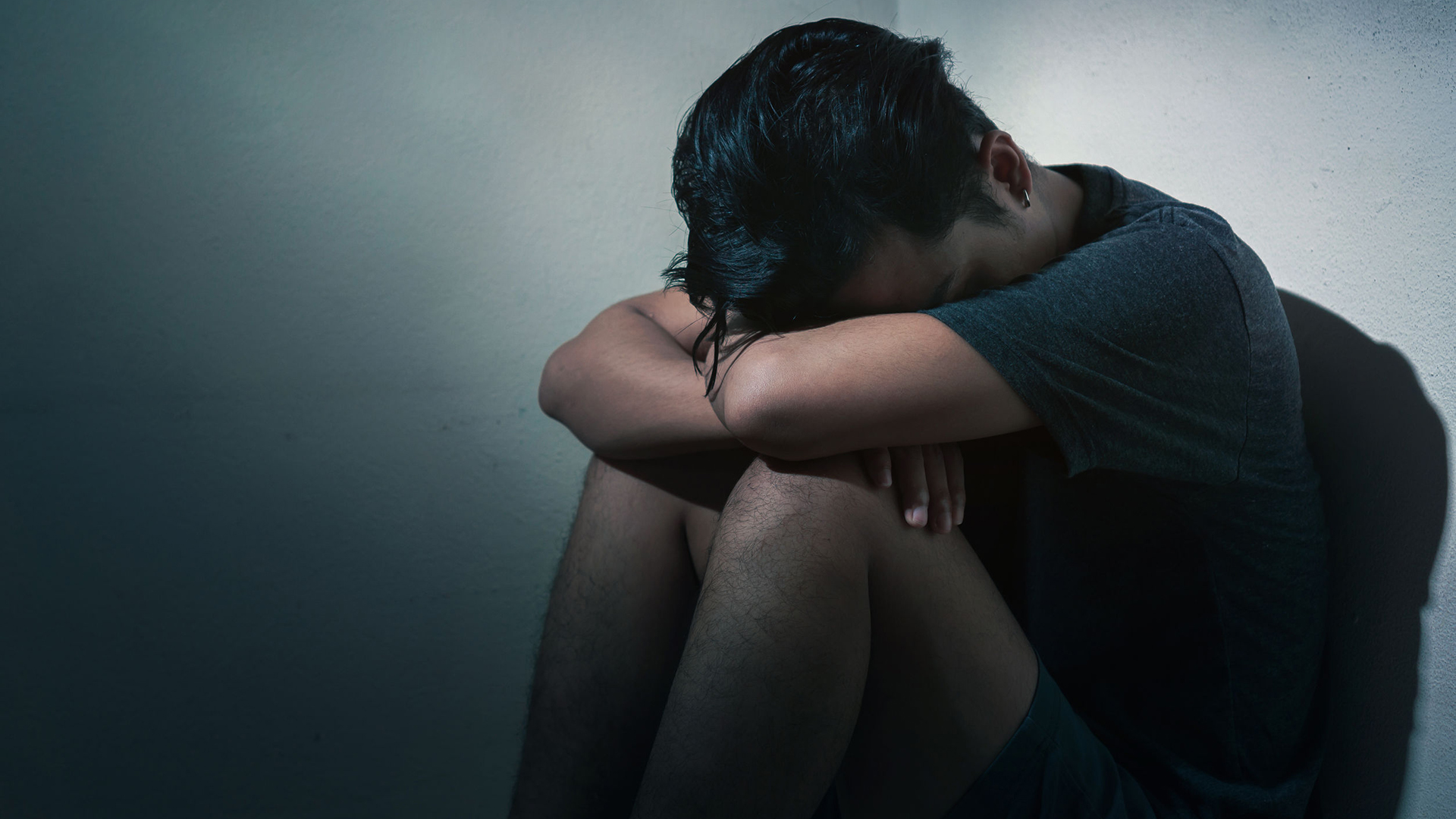What made Sushant Singh Rajput take his own life?
June 23, 2020 10:46 PM

Sushant, why did you do it? That plaintive cry echoed through Twitter and other social media platforms after the Indian actor committed suicide. Indians everywhere asked the same question. It’s a question families around the world must have asked of their loved ones who they ended their lives.
According to a report published by Gulf News, depression and suicides are inextricably entwined. Sushant Singh Rajput’s death has hauled depression into sharper focus again. Thousands take their lives after losing the battle with depression. It takes a celebrity suicide for us to perk up and ponder.
Even among celebrities, some deaths have been shocking. Who would have thought actor and comedian Robin Williams waged war with the demons in his head. American actress Marilyn Monroe, American rock musician Kurt Cobain, British fashion designer Alexander McQueen, Swedish DJ Avicii, American chef Anthony Bourdain, American writers Ernest Hemingway and Sylvia Plath, and many other stalwarts were lost to the world in the prime of their careers. From artists to politicians, more than 150 celebrities ended their lives in the last two decades.
Why do people take their lives? Surely, money can’t be the reason. Celebrities live in the lap of luxury, in the full glare of fame. Success need not translate into happiness. It may not keep out loneliness. Unhappiness and loneliness can stem from a range of reasons, including trauma and substance abuse.
Suicides are difficult to predict. Mental health problems are surely the root cause. It doesn’t manifest easily, which is why it’s often too late to avert a tragedy. What could drive people to believe that their lives are not worth living? Nobody knows what goes through their minds.

A history of horrors in India
The mental health crisis in India is severe. An estimated 56 million people suffer from depression, and 38 million from anxiety disorders, according to the World Health Organisation. One student commits suicide every hour, and mental distress is cited as a key reason.
Suicide is the second-highest cause of death among people between the ages of 15 and 29, according to a study in the medical journal Lancet. The national suicide rate was about 16 per 100,000 people in 2010.
Depression is a mental disorder. And mental disorders are frowned upon. There is a social stigma attached to it. In India, patients, regardless of their mental illness, were chained or locked away hidden in inaccessible rooms in the attic or basement, away from the prying eyes of neighbours and visitors. Others were dispatched to faraway mental hospitals or lunatic asylums, never to be visited by relatives. Some others were let loose to wander on the streets without food and shelter.
The treatments were a brutal blend of prayers and exorcism. Rituals to appease the gods were not uncommon, where sloka-chanting pandits or traditional healers wielded sticks to drive out the demons from a patient’s body.
This is in stark contrast to the facilities and treatments available. Superstitions abound despite the treatments found various Indian medicine systems like Ayurveda, Unani and Siddha.
In Ayurveda, severe mental illness is known as Unmada. The disorders are categorised as apasmara (epilepsy), avasada (depression), manasavikara (neurosis), chittodvega (anxiety), and unmada (psychosis).
That was a long time ago. Health services have improved, but the stigma remains. Better treatment facilities have helped bring the mentally ill into the mainstream. They no longer are pariahs. But there’s still an acute shortage of trained medical personnel.

Mental illness in the ancient world
Psychiatric disorders have been around for thousands of years, dating back to post-stone-age cultures, and their treatments were explored through the Middle Ages.
In ancient Greece, physician Hippocrates theorised that mental illness resulted from an imbalance of four bodily fluids or humors: black bile, yellow bile, phlegm, and blood. Excess black bile caused melancholy; the word derives from the Greek melan meaning black and chole meaning bile. Hippocrates may have been wrong, but theories of chemical imbalance remain, a report in Psychiatry Times says.
There’s evidence that besides Greece, ancient Indian, Chinese, Arabic, Hebrew, European and other cultures dealt with the sickness. Demonic possession was a basic assumption, so the treatment was mostly through shamans, sorcerers, magicians, mystics, priests, and other traditional healers, Kenneth J. Weiss, a psychiatrist based in Pennsylvania, US, wrote in the Psychiatry Times.
The practices continued to progress and regress through the centuries until the idea of dedicated institutions for the care of the mentally ill took root. The establishment of hospitals and asylums in the 16th century was the turning point in the treatment of mental sickness.
What’s depression?
Depression is a mood disorder, characterised by a persistent feeling of sadness, loss or anger that disrupts a person’s life. It should not be confused with mood fluctuations people experience in their everyday life. Depression affects the way how a person feels, thinks and acts, leading to a loss of interest at work and in relationships.
Some symptoms include: feeling sad; loss of interest in favourite activities; changes in appetite followed by unintended weight loss or gain; poor sleep pattern, increased fatigue; agitation and restlessness; slowness in movements and speech; feeling worthless or guilty; poor levels of concentration; difficulty in decision-making and recurring thoughts of death or suicide.






 Solar panel rate sinks massively in Lahore
Solar panel rate sinks massively in Lahore LHC orders steel mill demolition over pollution
LHC orders steel mill demolition over pollution Foreigners safe after suicide-bomber targets their van in Karachi
Foreigners safe after suicide-bomber targets their van in Karachi Mehar Bano and Mamya Shajaffar’s bold dance videos invite public's wrath
Mehar Bano and Mamya Shajaffar’s bold dance videos invite public's wrath Finance minister rules out further rupee devaluation
Finance minister rules out further rupee devaluation Must Watch: Ladybug enters Fiza Ali’s mouth in live show
Must Watch: Ladybug enters Fiza Ali’s mouth in live show





